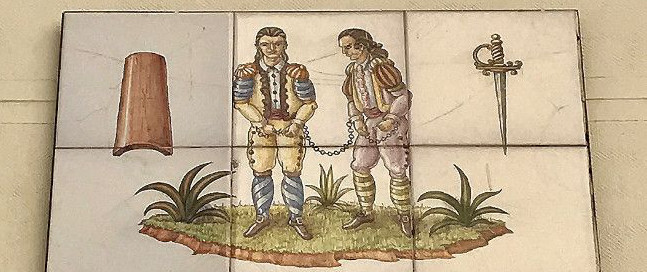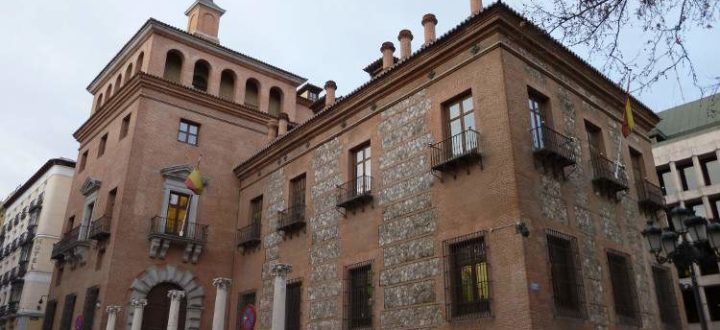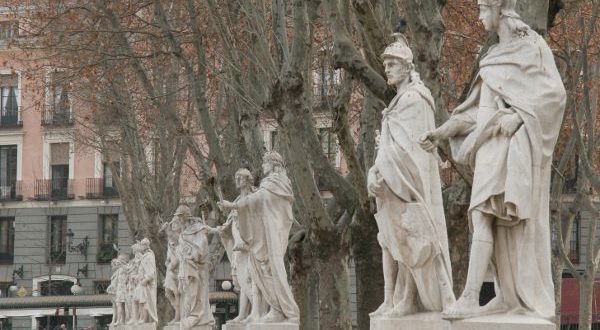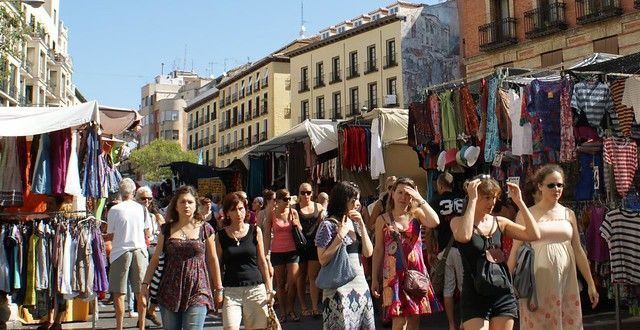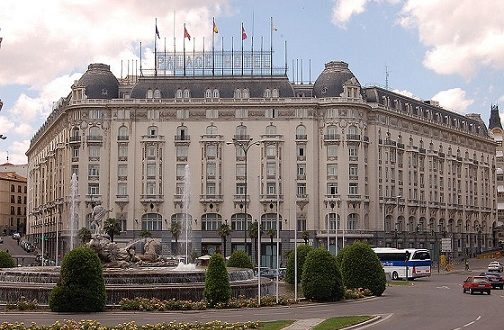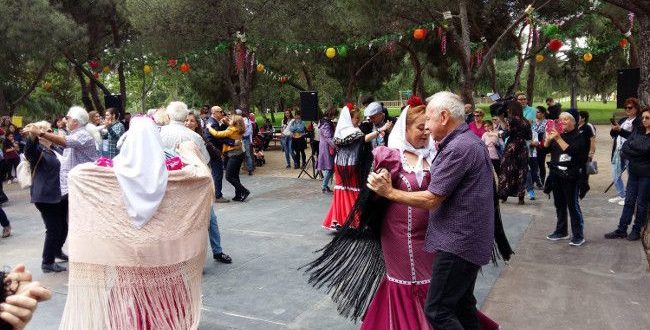
When we think of traditional Peñíscola, a characteristic way of speaking, a specific style of music, different celebrations and unique clothes comes to mind. From where does it come? You need to answer two questions to understand all those elements that create a specific identity for the Traditional Peñíscola. The first question is, where does… Continue reading “The Traditional Peñíscola. What`s the origin of our identity?”


